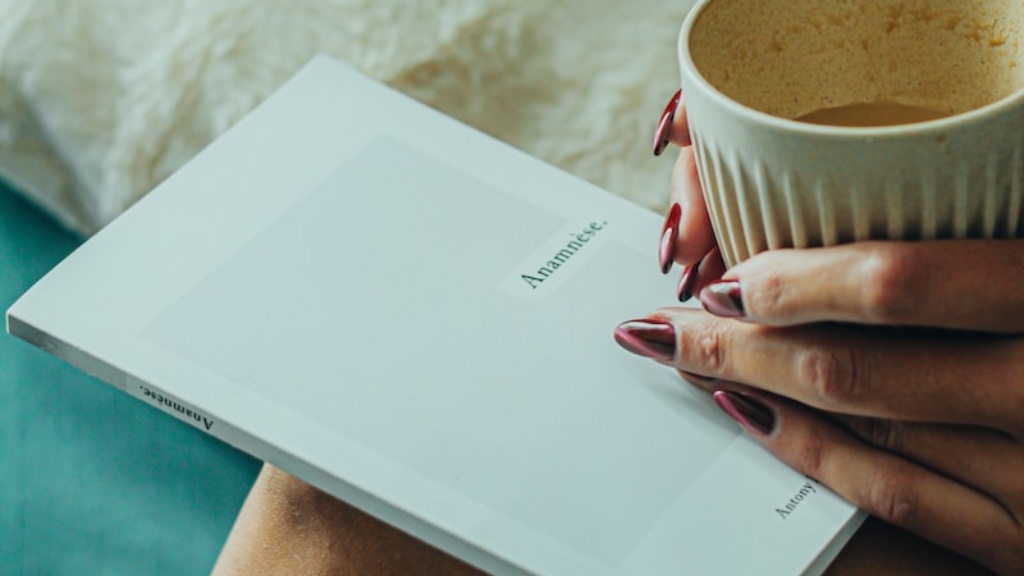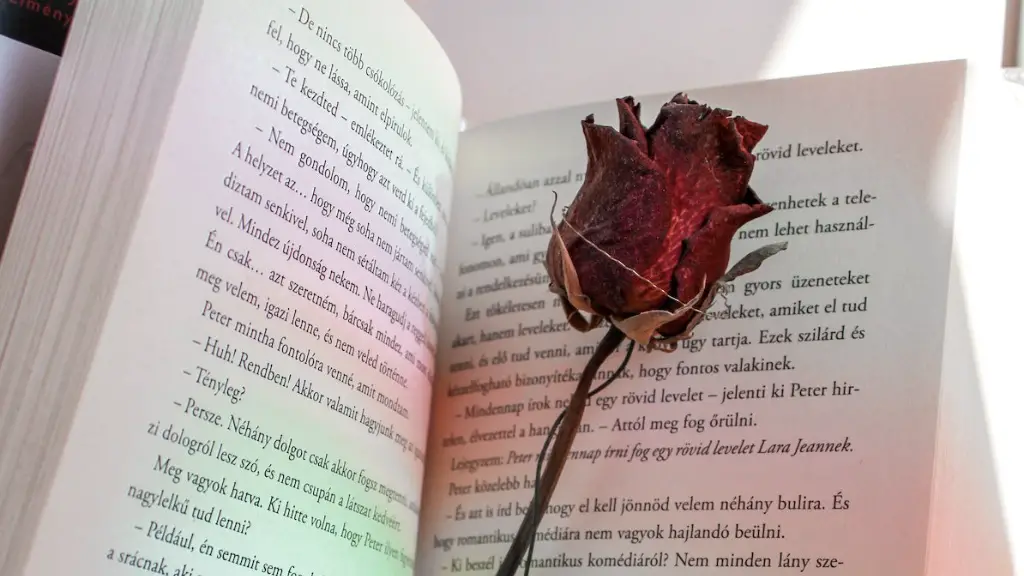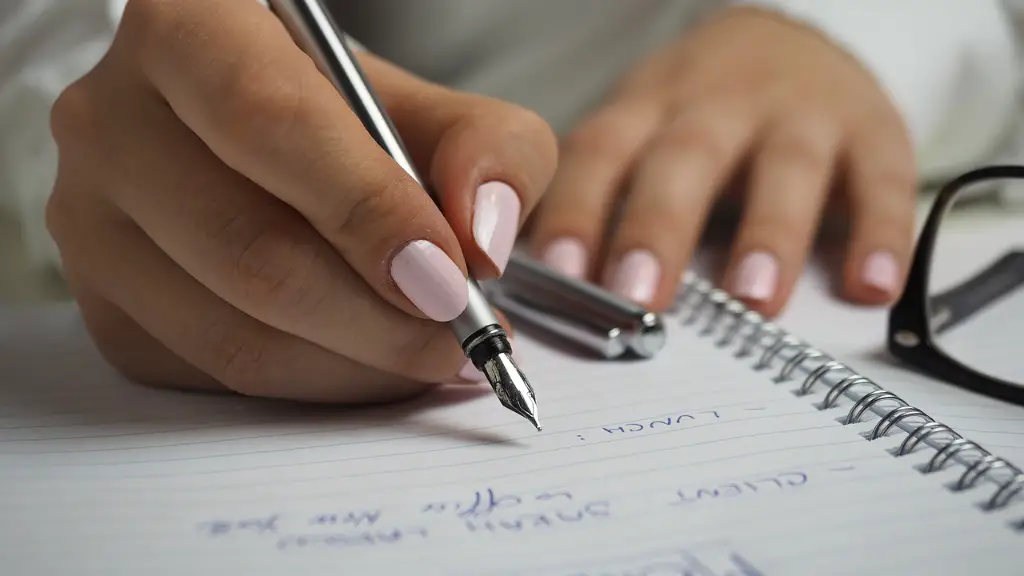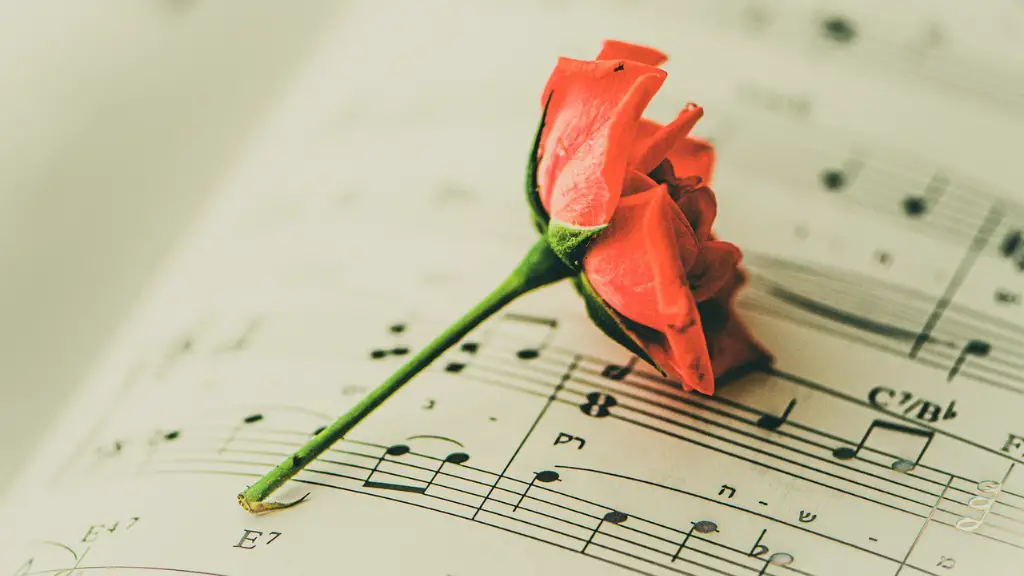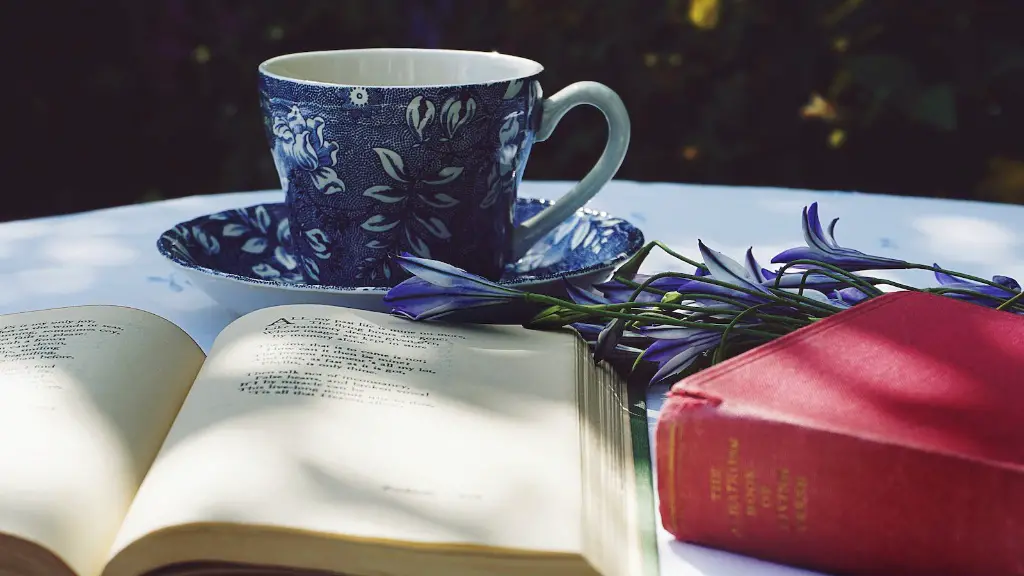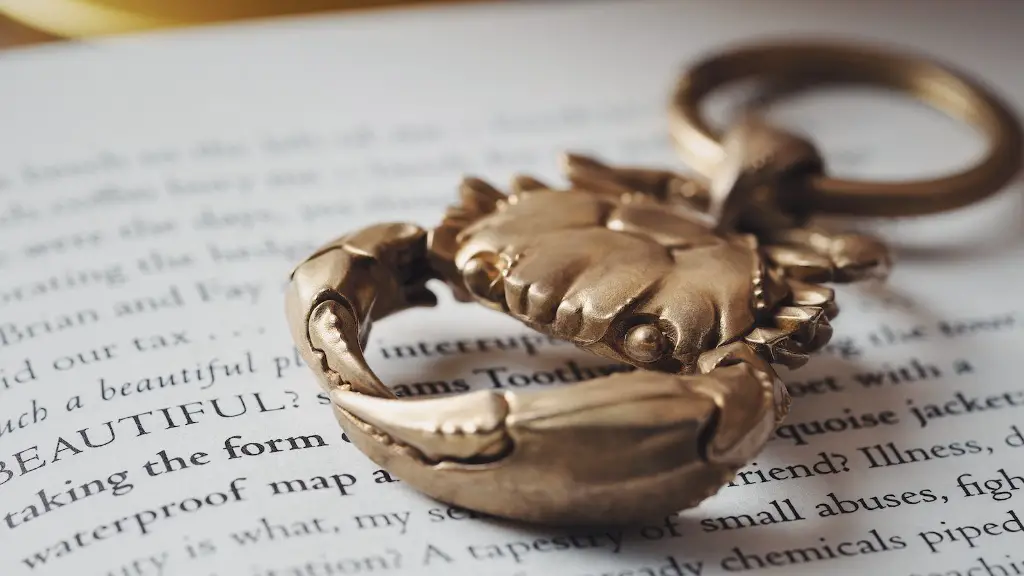Imagery is one of the most important components of poetry and has been practiced by authors of all ages. It is the process of creating visual, mental, and/or emotional images through words. Writers use imagery in order to draw in their readers and create a more powerful and meaningful writing. Imagery can be used to convey feelings, emotion, portrayal of a situation, and characterization. Images help poets engage the reader, allowing them to create a vivid experience beyond simply providing a narrative.
A poem is characterized by the imagery it conveys and the emotions it can evoke in readers. The harmonious blending of words and images creates a beautiful and powerful effect that can only really be found in a poem. While imagery can be used to create a mental image, it can also be used to evoke different emotions such as joy, sadness, anger, and fear. Imagery can also be used to describe a moment in time or a scene that the author wants to convey.
The purpose of imagery in poetry is to create a vivid and powerful representation of the message which the poet wishes to communicate. Therefore, it is important for the poet to choose the right words, tone, and imagery in order to effectively convey their thoughts and feelings. Poets may use metaphors, similes, and other literary devices to create powerful images that can evoke strong feelings in readers. Imagery is not only used to create sensory impressions, but it also conveys the deeper meanings of a poem.
One of the most powerful forms of imagery is the use of symbolism. Symbolism is the use of a concrete item to represent an abstract concept. For example, the poet may use a flower to represent beauty or a bird to represent freedom. In doing so, the poet is able to convey a deeper meaning and emotion in their poem. Symbolism also has the power to evoke a strong emotional response from the readers.
To effectively use imagery in poetry, the poet must have an acute understanding of the way imagery works. In addition, the poet must have a deep understanding of the language and its nuances in order to effectively convey their message. The words used must be carefully chosen in order to create the intended effect. Writers must also be aware of the reader’s point of view and how the images created in the poem affect their perception. Through imagery, a poet is able to create powerful and evocative works of literature.
Personification in Poetry
Personification is another common use of imagery. Personification is a type of figurative language in which something non-human is portrayed as if it were human. This technique brings the inanimate elements to life and often carries a symbolic meaning. Personification is an interesting tool for poets as it allows them to create visually appealing images in order to convey a deeper message or emotion. Personification also enables the poet to create a connection between the reader and the subject of the poem.
Personification can be used to create a more vivid mental picture of a scene which the poet wishes to describe and helps the reader to gain a more in-depth understanding of what the poet is trying to convey. Personification can also be used to evoke certain emotions such as love, sorrow, or joy in the reader. Through the use of personification, poets are able to create powerful images and convey a deeper emotion in their poem.
While personification can be used to create beautiful and captivating images, it is important to note that it should be used sparingly. Overuse of personification can detract from the overall message of the poem and can appear forced or unnatural. In order to effectively use personification, the poet should choose words and metaphors carefully and craft their poem in such a way that it retains its depth and meaning.
Metaphors in Poetry
Metaphors are another important tool for poets when it comes to creating imagery. Metaphors are links between two seemingly unrelated concepts or objects and allow the poet to create a comparison that conveys a deeper meaning or emotion. Metaphors can also be used to evoke a particular emotion in the reader. Through the use of metaphors, poets are able to create powerful images and convey a deeper message in their poems.
In order to effectively use metaphors in poetry, poets must choose their words carefully. Metaphors should be used sparingly and should be crafted in such a way that they do not detract from the overall message of the poem. It is also essential to consider the audience when crafting a poem and make sure that the metaphors chosen are appropriate for the readership.
In conclusion, imagery is a powerful tool for poets as it enables them to create vivid mental images and evoke powerful emotions in their readers. Imagery is used to create a vivid representation of a scene or emotion which the poet wishes to convey. By using symbols, metaphors, and other literary devices, poets are able to create powerful images that captivate and engage readers.
Figurative Language in Poetry
Figurative language is a type of imagery that is used to refer to something without directly mentioning it. The poet uses words or phrases and through their own interpretation draws an image in the reader’s mind. Figurative language is powerful and can create vivid mental images and provoke strong emotions in readers. It can be used to give a poem a distinctive voice, making it more captivating and inspiring.
Poets often use figurative language to create a sense of mystery, allowing the readers to interpret the poem based on their own perspectives. Figurative language can be used to create vivid mental pictures, such as metaphors and similes, or to evoke powerful emotions, such as with irony. Writers may also use personification and exaggeration to help create more vivid imagery.
Figurative language can be used to add depth and poignancy to a poem and create a beautiful and powerful effect. It should be used sparingly and carefully, as overuse of figurative language can detract from the overall message of the poem. In order to effectively use figurative language, poets must have an understanding of the language and its nuances and be able to choose the right words and phrases to create the intended effect.
Rhythm and Repetition in Poetry
Rhythm and repetition are two important components of poetry and have been used by poets for centuries. Rhythm is the musicality and flow of a poem, while repetition is the repeating of lines or patterns within the poem. By combining these two elements, poets are able to create more captivating and powerful works of literature.
Through the use of rhythm and repetition, poets are able to evoke certain emotions in their readers and convey a deeper meaning within their poem. By repeating certain lines or words, poets are able to create a powerful and lasting impact on their readers. Similarly, by creating a specific rhythm, poets are able to create an emotional response and make the poem more memorable to readers.
In order to effectively use rhythm and repetition in poetry, poets must have a good understanding of the rhythm and pattern of the poem. It is also important for the poet to choose words that fit the rhythm and create the desired effect. The poet must also be aware of the audience in order to choose the right words and create an appropriate rhythm. By combining rhythm and repetition, poets are able to create powerful and captivating poems that leave an impact on their readers.
Alliteration in Poetry
Alliteration is another common use of imagery in poetry. Alliteration is the repetition of the same letter or sound at the beginning of multiple words, within one phrase or verse. This technique brings attention to the words used and can enhance the rhythm and flow of the poem. Alliteration is also used to evoke a certain emotion or to convey a deeper meaning.
Alliteration can be used to create a powerful and lasting impact on the readers. Through the repetition of certain sounds, poets are able to create a sense of unity and cohesiveness in their poem. By using alliteration, poets are able to draw attention to a certain phrase or line and convey a deeper meaning in their poem. It is important to note, however, that alliteration should be used sparingly as overuse of it can detract from the overall message of the poem.
In conclusion, imagery is a powerful tool used by poets to create vivid mental images and evoke powerful emotions in their readers. Poets use symbols, metaphors, and other literary devices to create powerful images that can captivate and engage readers. Additionally, personification, rhythm, repetition, and alliteration are all important tools for poets to create captivating and inspirational works of literature.
